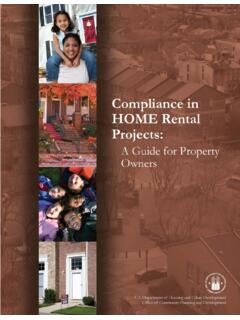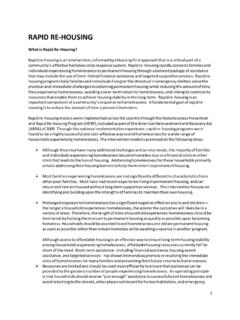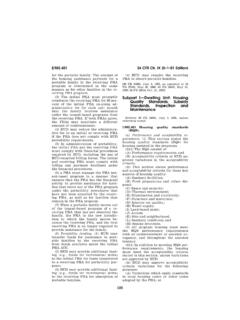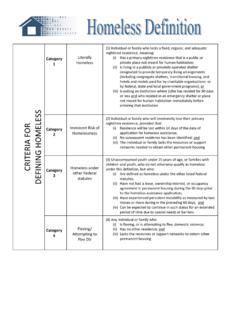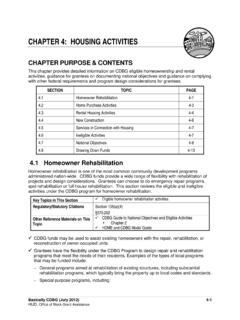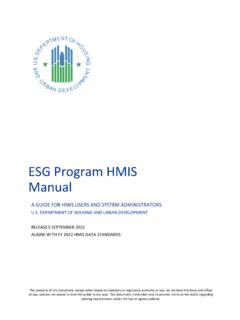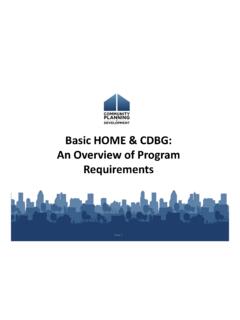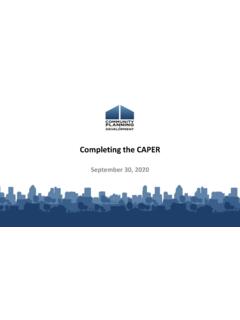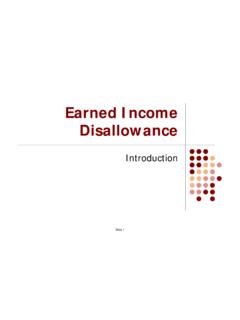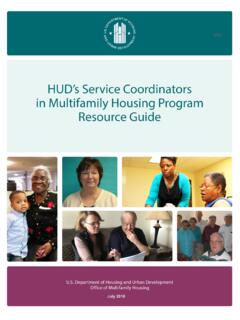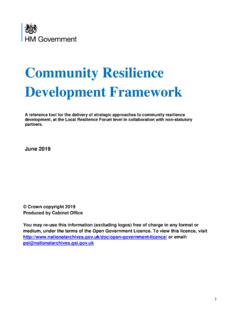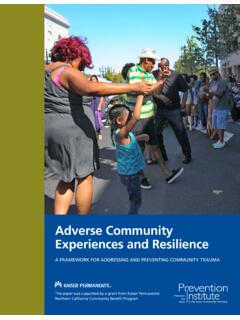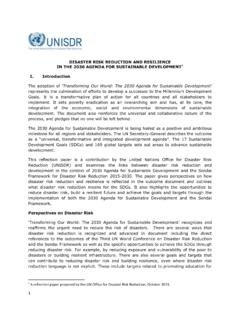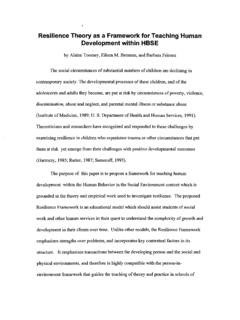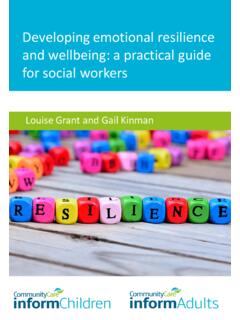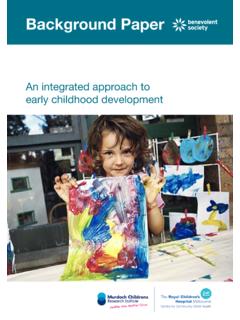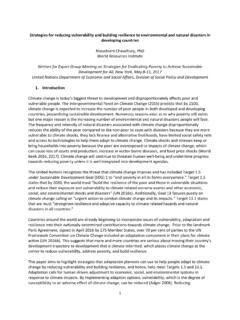Transcription of HUD Community Resilience Toolkit
1 Department of Housing and Urban development Community Resilience Toolkit Learn how current and future natural hazard risks might affect your Community , and actions you can take to reduce those risks. Table of Contents INTRODUCTION Community HAZARDS GRAPHIC INCREASING TEMPERATURES AND EXTREME HEAT SEA LEVEL RISE AND COASTAL STORMS INLAND FLOODING WILDFIRE DROUGHT EROSION AND LANDSLIDES FUNDING Resilience ACTIONS WHAT DOES A RESILIENT Community LOOK LIKE? ADDITIONAL RESOURCES GLOSSARY Introduction HUD Community Resilience Toolkit Purpose and Goal The Department of Housing and Urban development (HUD) Resilience Toolkit ( Toolkit ) is designed to assist communities in enhancing their Resilience to climate-related natural hazard risks.
2 Although not the focus of this Toolkit , consideration of other hazards, risks, and stresses may also enhance Resilience . Resilience is a Community s ability to minimize damage and recover quickly from extreme events and changing conditions. This Toolkit offers resources that housing and Community development professionals can use to: identify climate-related natural hazard risks; consider actions to enhance the Resilience of housing, infrastructure, and residents to those hazards; and implement Resilience actions using HUD funds and other innovative financing options.
3 This guidance offers ideas for communities. It should not be considered a substitute for referring to the legislation and regulations governing each of the Community Planning and development (CPD) programs mentioned if a Community elects to use funds from one of these programs. This guidance is also intended to assist decision-making as communities invest their own resources. Background In 2016, HUD promulgated 24 CFR Part 91 Modernizing HUD s Consolidated Planning Process to Narrow the Digital Divide and Increase Resilience to Natural Hazards.
4 This rule requires jurisdictions to consider climate-related natural hazard risks and how to build Resilience to those risks in a Consolidated Plan. Extreme events disproportionately affect low- and moderate-income residents because they are less able to prepare for, respond to, or recover from the impacts of extreme events and natural hazards. They have fewer resources to draw from to help them cope with natural hazards, The overall goal of HUD s Community planning and development programs is to develop viable communities by providing decent housing and a suitable living environment and expanding economic opportunities principally for low- and moderate-income persons.
5 The primary means towards this end is to extend and strengthen partnerships among all levels of government and the private sector, including for-profit and non profit organizations. States and local governments receiving Community planning and development program funds from HUD complete a consolidated plan whereby they state in one document their plan to pursue goals for these programs. Considering Resilience to natural hazards may assist communities in deciding where and how to invest these resources. INCORPORATING RESILIENCY IN Community PLANNING and they have relatively greater incidences of conditions such as respiratory disease that can magnify the impacts of extreme events and stresses or poor local The Toolkit also provides ideas of how Community development professionals can support and contribute to Community - and region-wide Resilience efforts.
6 As much as possible, this Toolkit consolidates information from existing resources referenced at the end of the Toolkit . Who Can Use this Toolkit States and their partners can use the Toolkit to identify natural hazard risks and consider larger-scale Resilience policies and programs, such as acquisition to relocate homes and businesses outside areas threatened by flooding or to ensure that infrastructure is designed and constructed to withstand chronic stresses and extreme events. Local governments can use the Toolkit to identify natural hazard risks and Resilience actions that can be integrated into existing programs, such as planting trees in housing developments or modifying building codes, and consider actions and funding opportunities that could be implemented in the future.
7 Low- and moderate-income communities can use the Toolkit to identify low-cost Resilience actions with benefits specific to these communities. How to Use the Toolkit This Toolkit is organized around a simplified natural hazard risk assessment, a process that communities can use to identify potential vulnerabilities from natural hazards and actions they can take to reduce their vulnerabilities. This Toolkit follows three steps: Step 1) Identify how natural hazards risks might affect your Community , Step 2) Consider actions to increase your Community s Resilience to these natural hazard risks, and Step 3) Identify funding streams to implement the Resilience actions.
8 Identify how natural hazard risks might affect your Community The Community Hazards graphic illustrates how natural hazards might affect buildings and infrastructure, the environment, and people. The graphic represents the diversity of risks faced by different types of communities. Each statement in this graphic is linked to a corresponding natural hazard factsheet, described below. Consider Resilience actions The key elements of this Toolkit are the six factsheets addressing the following natural hazards: increasing temperatures and extreme heat, sea level rise and coastal storms, inland flooding, wildfire, drought, and erosion and landslides.
9 These hazards are included in the Toolkit because they already pose risks to communities and there is strong scientific consensus that, in many places, these risks will change in the These factsheets provide a suggested list of possible actions a Community can undertake to reduce the effects from natural hazards and become more resilient. The natural hazard factsheets also provide additional resources that can further your understanding of risks your Community may face. The factsheets include case studies to illustrate how communities are already implementing some of the identified Resilience actions.
10 In each natural hazard factsheet, the list of Resilience actions is summarized into four categories: Planning actions that can be taken at the policy or planning level, Buildings and infrastructure actions aimed at buildings (such as homes and critical facilities) and infrastructure (including roads and utilities), Environment actions that can help improve the natural environment to increase Community Resilience , and People actions aimed directly at supporting individuals in the Community . Each natural hazard factsheet is intended to be a starting point for identifying ideas and sparking conversation in your Community .
